The emergence of the mobile internet has spurred numerous innovative tech companies. Some have centered their efforts on smartphone manufacturing and R&D, focusing primarily on small-screen entertainment, while others have concentrated on developing smart devices like smart TVs, micro projectors, VR headsets, and more, targeting large-screen entertainment experiences. Clearly, the MicroWhale falls into the latter category. Since its founding, MicroWhale has consistently focused on large-screen entertainment and has successively released several smart TVs, micro projectors, VR devices, and more. Leveraging superior craftsmanship, cutting-edge configurations, and an appealing price point alongside a robust library of content resources, MicroWhale has rapidly evolved from a fledgling startup into a dominant force within the Internet TV sector. In just two short years, it has established itself as a formidable competitor in the home appliance industry.
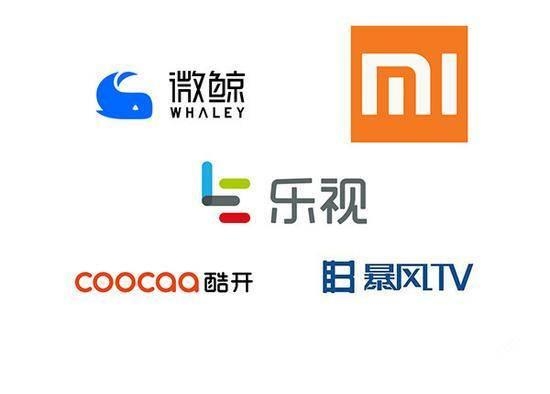 The intensity of competition within the Internet industry is fierce, compounded by increasingly discerning consumer tastes. As a result, the rivalry among tech companies has become even more cutthroat. In recent years, the smart TV market has transitioned from simple price wars and hardware battles to encompass a broader range of competitions, including design, configuration, content, and service offerings. MicroWhale has thrived amidst this shifting landscape, achieving impressive market performance. To better understand why MicroWhale stands out, let’s examine an example.
The 49-inch TV screen represents the standard size for living room displays. Therefore, the market performance of a 49-inch TV is particularly telling. Take, for instance, the newly released 49-inch MicroWhale SmartPhone 49D, a product from MicroWhale’s D series. This TV embodies the “high-end all-around†philosophy of the MicroWhale SmartVoice TV D series. Whether in terms of build quality, hardware specifications, design, or voice control features, as well as membership content services, this TV represents a significant leap forward. In terms of configuration, the 49D boasts a top-tier 4K HDR display, a 64-bit high-performance processor, and a 2+16GB memory combination, meeting the needs of most users while delivering a smooth viewing experience. Additionally, this TV incorporates MicroWhale's intelligent voice recognition technology, streamlining operations and making the device both smarter and easier to use.
The intensity of competition within the Internet industry is fierce, compounded by increasingly discerning consumer tastes. As a result, the rivalry among tech companies has become even more cutthroat. In recent years, the smart TV market has transitioned from simple price wars and hardware battles to encompass a broader range of competitions, including design, configuration, content, and service offerings. MicroWhale has thrived amidst this shifting landscape, achieving impressive market performance. To better understand why MicroWhale stands out, let’s examine an example.
The 49-inch TV screen represents the standard size for living room displays. Therefore, the market performance of a 49-inch TV is particularly telling. Take, for instance, the newly released 49-inch MicroWhale SmartPhone 49D, a product from MicroWhale’s D series. This TV embodies the “high-end all-around†philosophy of the MicroWhale SmartVoice TV D series. Whether in terms of build quality, hardware specifications, design, or voice control features, as well as membership content services, this TV represents a significant leap forward. In terms of configuration, the 49D boasts a top-tier 4K HDR display, a 64-bit high-performance processor, and a 2+16GB memory combination, meeting the needs of most users while delivering a smooth viewing experience. Additionally, this TV incorporates MicroWhale's intelligent voice recognition technology, streamlining operations and making the device both smarter and easier to use.
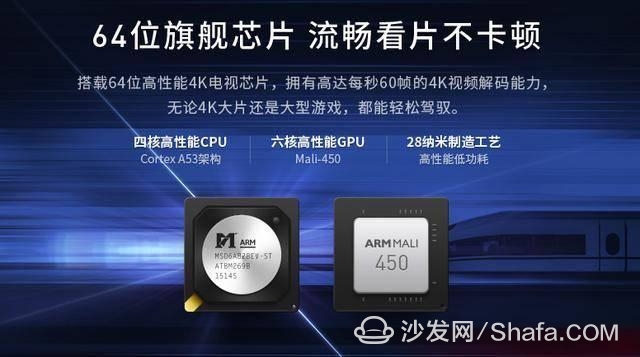
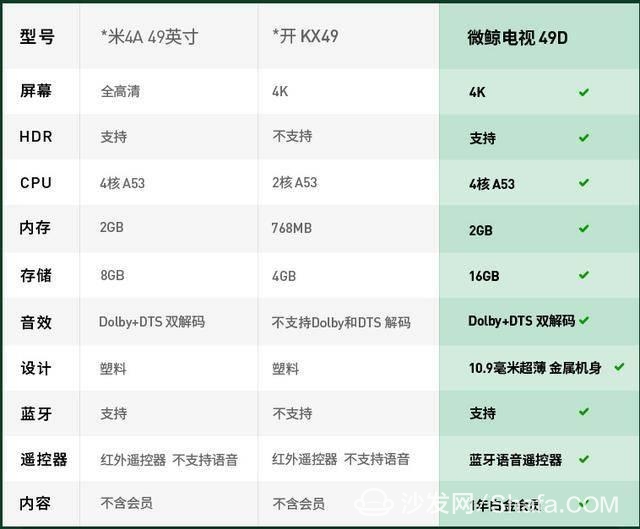
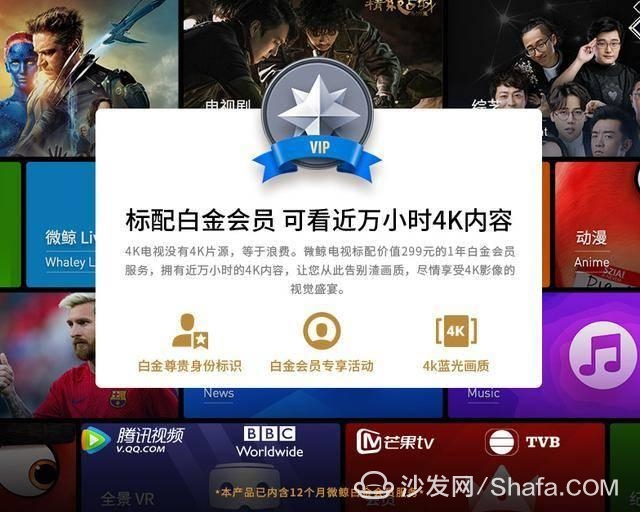 When compared to competitors at similar levels, such as Xiaomi and LeEco, there is no equivalent product. LeEco, unfortunately, finds itself mired in financial difficulties due to payment arrears. Though its TV business has fared somewhat better, its performance in the Internet TV industry this year pales in comparison to its earlier days. Turning our attention to Xiaomi, before the release of the Xiaomi TV 4A, they too entered the 49-inch TV market. However, their offering featured only a full HD screen, whereas the MicroWhale 49D offers true 4K resolution. When purchasing a TV, the screen quality is paramount—Millet’s screen performance fell short first, followed by its 8GB body storage, plastic casing, and lack of membership services, all of which diminished the product’s competitiveness.
When compared to competitors at similar levels, such as Xiaomi and LeEco, there is no equivalent product. LeEco, unfortunately, finds itself mired in financial difficulties due to payment arrears. Though its TV business has fared somewhat better, its performance in the Internet TV industry this year pales in comparison to its earlier days. Turning our attention to Xiaomi, before the release of the Xiaomi TV 4A, they too entered the 49-inch TV market. However, their offering featured only a full HD screen, whereas the MicroWhale 49D offers true 4K resolution. When purchasing a TV, the screen quality is paramount—Millet’s screen performance fell short first, followed by its 8GB body storage, plastic casing, and lack of membership services, all of which diminished the product’s competitiveness.
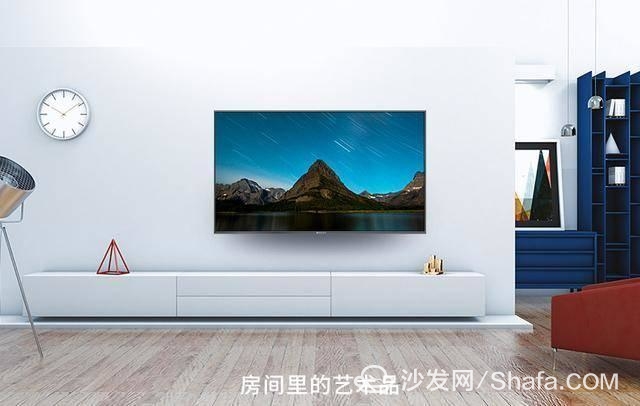 The strength of a product defines the strength of a brand—a lesson that has held true in the market over the past few years. Only superior products can win over consumers' purchasing desires, translating into stronger sales and greater market demand. In the current comprehensive competition, MicroWhale TV places emphasis on enhancing product design to make it more artistic. In terms of configuration, MicroWhale always aims for high value for money, providing the best hardware at competitive price points. Backed by giants like Chinese culture and Tencent, MicroWhale TVs offer access to a wider range of content services. Compared to former Internet TV giants like Xiaomi and LeEco, MicroWhale’s advantages are more holistic and well-rounded. This is the foundation of its competitive edge and the key to establishing itself as the leading brand in the Internet TV space.
For further insights into smart TVs and boxes, check out Smart TV Information Network Sofa Butler (http://), a leading website in China for TV box and smart TV enthusiasts, offering news, reviews, and discussions on smart TVs, TV boxes, and related software.
This analysis provides a real-time perspective on the evolving landscape of smart TVs and the strategic positioning of brands like MicroWhale.
The strength of a product defines the strength of a brand—a lesson that has held true in the market over the past few years. Only superior products can win over consumers' purchasing desires, translating into stronger sales and greater market demand. In the current comprehensive competition, MicroWhale TV places emphasis on enhancing product design to make it more artistic. In terms of configuration, MicroWhale always aims for high value for money, providing the best hardware at competitive price points. Backed by giants like Chinese culture and Tencent, MicroWhale TVs offer access to a wider range of content services. Compared to former Internet TV giants like Xiaomi and LeEco, MicroWhale’s advantages are more holistic and well-rounded. This is the foundation of its competitive edge and the key to establishing itself as the leading brand in the Internet TV space.
For further insights into smart TVs and boxes, check out Smart TV Information Network Sofa Butler (http://), a leading website in China for TV box and smart TV enthusiasts, offering news, reviews, and discussions on smart TVs, TV boxes, and related software.
This analysis provides a real-time perspective on the evolving landscape of smart TVs and the strategic positioning of brands like MicroWhale.





Operation Control Desk,Metal Sloped Operating Control Desk,Rittal Raked Operating Control Desk,Industrial Slanted Operating Control Desk
Huaian Qiangsheng Cabinet Co., Ltd. , http://www.qscontrolcabinet.com